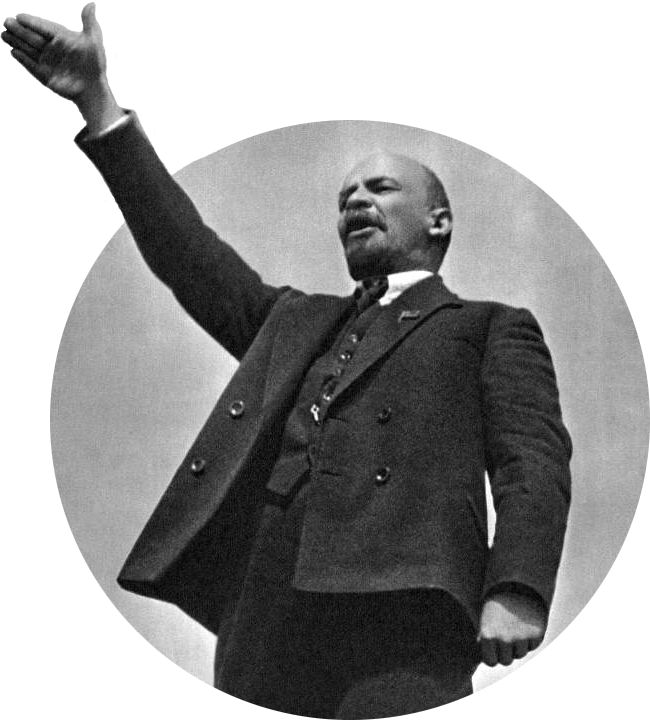mNo edit summary |
Jucheguevara (talk | contribs) (removed some red links) Tag: Visual edit |
||
| Line 1: | Line 1: | ||
{{External article cleanup|date=November 2021}} | {{External article cleanup|date=November 2021}} | ||
The '''Non-Aligned Movement''' ('''NAM''') is a forum of 120 | The '''Non-Aligned Movement''' ('''NAM''') is a forum of 120 developing world states that are not formally aligned with or against any major power bloc. After the [[United Nations]], it is the largest grouping of states worldwide.<ref name="NAM members">{{cite web|url=https://mnoal.org/nam-members/|title=NAM Members & Observers|access-date=20 March 2019|archive-url=https://web.archive.org/web/20190327085806/https://mnoal.org/nam-members/|archive-date=27 March 2019|url-status=dead}}</ref><ref name="NAM about">{{cite web|title=About NAM|url=https://mnoal.org/nam-about/|website=mnoal.org|publisher=Non Aligned Movement|access-date=20 March 2019|archive-url=https://web.archive.org/web/20190323135155/https://mnoal.org/nam-about/|archive-date=23 March 2019|url-status=dead}}</ref> | ||
The purpose of the organization was enumerated by [[Fidel Castro]] in his Havana Declaration of 1979 as to ensure "the national independence, sovereignty, territorial integrity and security of non-aligned countries" in their "struggle against [[imperialism]], [[colonialism]], [[neo-colonialism]], | The purpose of the organization was enumerated by [[Fidel Castro]] in his Havana Declaration of 1979 as to ensure "the national independence, sovereignty, territorial integrity and security of non-aligned countries" in their "struggle against [[imperialism]], [[colonialism]], [[neo-colonialism]], racism, and all forms of foreign aggression, occupation, domination, interference or hegemony as well as against great power and bloc politics."<ref>{{Cite web|url=http://lanic.utexas.edu/la/cb/cuba/castro/1979/19791012|archive-url=https://web.archive.org/web/20110611014358/http://lanic.utexas.edu/la/cb/cuba/castro/1979/19791012|url-status=dead|title=Fidel Castro speech to the UN in his position as chairman of the non-aligned countries movement 12 October 1979|archive-date=11 June 2011}}</ref><ref>[http://www.pakboi.gov.pk/I_Agreements/pakistan___non-aligned_movemen.html "Pakistan & Non-Aligned Movement"] {{webarchive|url=https://web.archive.org/web/20061002105007/http://www.pakboi.gov.pk/I_Agreements/pakistan___non-aligned_movemen.html|date=2 October 2006}}. Board of Investment{{spaced ndash}} [[Government of Pakistan]]. 2003.</ref> | ||
Although many of the Non-Aligned Movement's members were actually quite closely aligned with China or the Soviet Union, the movement still persisted throughout the Cold War, even despite several conflicts between members which also threatened the movement. In the years since the Cold War's end in 1991, it has focused on developing multilateral ties and connections as well as unity among the developing nations of the world, especially those within the [[Global South]]. | Although many of the Non-Aligned Movement's members were actually quite closely aligned with China or the Soviet Union, the movement still persisted throughout the Cold War, even despite several conflicts between members which also threatened the movement. In the years since the Cold War's end in 1991, it has focused on developing multilateral ties and connections as well as unity among the developing nations of the world, especially those within the [[Global South]]. | ||
Revision as of 19:50, 22 January 2022
 | Some parts of this article were copied from external sources and may contain errors or lack of appropriate formatting. You can help improve this article by editing it and cleaning it up. (November 2021) |
The Non-Aligned Movement (NAM) is a forum of 120 developing world states that are not formally aligned with or against any major power bloc. After the United Nations, it is the largest grouping of states worldwide.[1][2]
The purpose of the organization was enumerated by Fidel Castro in his Havana Declaration of 1979 as to ensure "the national independence, sovereignty, territorial integrity and security of non-aligned countries" in their "struggle against imperialism, colonialism, neo-colonialism, racism, and all forms of foreign aggression, occupation, domination, interference or hegemony as well as against great power and bloc politics."[3][4]
Although many of the Non-Aligned Movement's members were actually quite closely aligned with China or the Soviet Union, the movement still persisted throughout the Cold War, even despite several conflicts between members which also threatened the movement. In the years since the Cold War's end in 1991, it has focused on developing multilateral ties and connections as well as unity among the developing nations of the world, especially those within the Global South.
References
- ↑
- ↑
- ↑
- ↑ "Pakistan & Non-Aligned Movement" Template:Webarchive. Board of InvestmentTemplate:Spaced ndash Government of Pakistan. 2003.